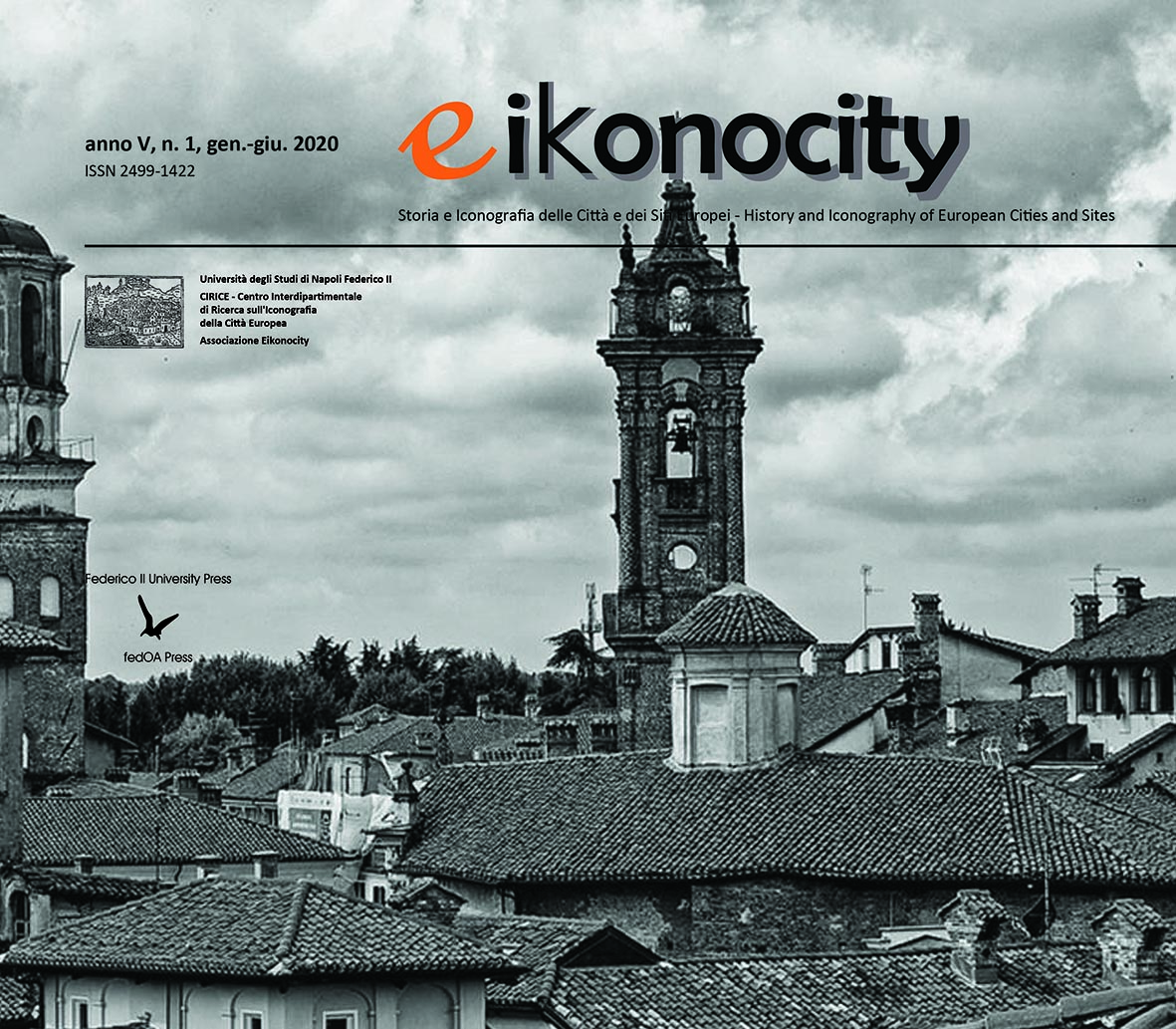The civic tower of Arquata del Tronto: a symbol of rebirth from earthquake ruins
DOI:
https://doi.org/10.6092/2499-1422/6288Abstract
The article focuses on the historical-critical analysis of a monument that has a symbolic value; at the same time, it is analyzed the problem of post-earthquake reconstruction in some historic villages damaged by the seismic events that have an effect on the central-southern area of the Marche Region, between 2016 and 2017. The case study is represented by the Memorial to the Fallen of the Great War, placed in Arquata del Tronto (district of Ascoli Piceno). Here, the identity values expressed by the most significant monuments represent a reference point for a conscious reconstruction. The local community has always maintained a strong link with its identity assets, both as regards the intangible heritage and the material patrimony that express a concrete manifestation of the essence of the community itself; the preservation of what remains and the reconstruction of what has been lost, can be a tool for a sustainable rebirth. The reconstruction of the Monument to the Fallen, requested by the citizens, can therefore represent a symbol, becoming a “beacon of memory” not only to remember the deaths of war, but also those who unfortunately lost their lives due to the earthquake. The most complex problem is to identify tools and methods for an intelligent, sensitive and historically conscious reconstruction, an act of reinterpretation through new linguistic codes. More than a conceptual conservation or a pseudo-mimetic reproduction, we must pursue a global protection of the “civilization of a place” and an enhancement linked to a more articulated narration, in which tradition and innovation, ancient and new, can converge towards a renewed local identity.
Downloads
Downloads
Published
How to Cite
Issue
Section
License
Eikonocity pubblica in internet, ad accesso aperto, con licenza:
|
|
CCPL Creative Commons Attribuzione 4.0 |
L'autore conserva il copyright sul suo contributo, consentendo tuttavia a chiunque "di riprodurre, distribuire, comunicare al pubblico, esporre in pubblico, rappresentare, eseguire e recitare l'opera", purché siano correttamente citati l'autore e il titolo della rivista. L’autore, al momento della proposta di pubblicazione, è inoltre tenuto a dichiarare che il contenuto e l’organizzazione dell’opera è originale e non compromette in alcun modo i diritti di terzi, né gli obblighi connessi alla salvaguardia di diritti morali ed economici di altri autori o di altri aventi diritto, sia per testi, immagini, foto, tabelle, sia per altre parti di cui il contributo può essere composto. L’autore dichiara altresì di essere a conoscenza delle sanzioni previste dal codice penale e dalle leggi speciali per l’ipotesi di falsità in atti ed uso di atti falsi, e che pertanto Eikonocity è esente da qualsiasi responsabilità di qualsivoglia natura, civile, amministrativa o penale, e sarà dall'autore tenuta indenne da qualsiasi richiesta o rivendicazione da parte di terzi.


